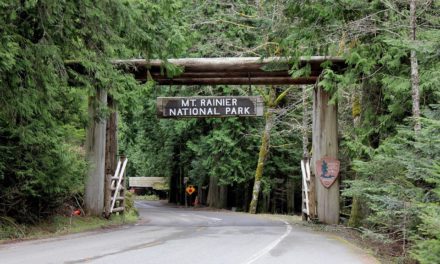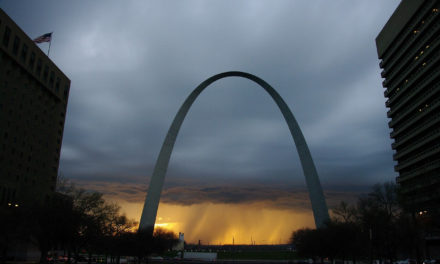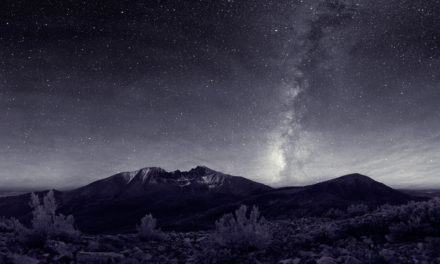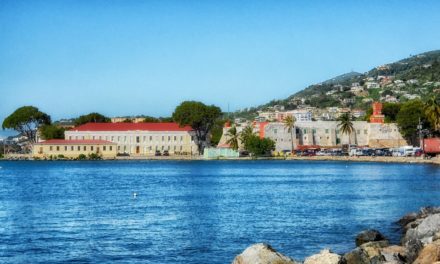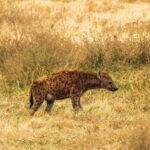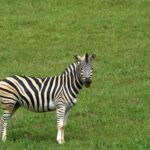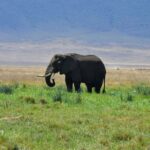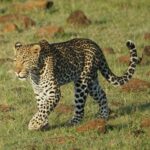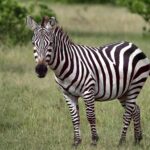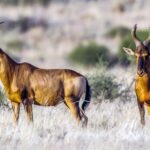Table of Contents
Overview / About
Nestled against the rugged Sangre de Cristo Mountains in southern Colorado, Great Sand Dunes National Park and Preserve is home to the tallest sand dunes in North America some rising over 750 feet. Spanning more than 230 square miles, the park’s landscape is a stunning mix of vast dune fields, alpine forests, wetlands, and grasslands.
Designated as a national park in 2004, this natural wonder showcases the incredible forces of wind, water, and time. Beyond the iconic dunes, visitors can explore mountain trails, sparkling creeks, and some of the clearest night skies in the continental U.S.
Wildlife & Nature
Great Sand Dunes National Park supports an impressive diversity of ecosystems from desert-like dunes to subalpine forests.
Key Species: Mule deer, elk, pronghorn, black bears, coyotes, kangaroo rats, and great horned owls.
Birdlife: Over 250 bird species have been recorded, including peregrine falcons, sandhill cranes, and mountain bluebirds.
Flora & Landscapes:
- Dune Fields: Shifting golden sands formed over thousands of years from eroded mountain sediments.
- Medano Creek: A seasonal stream that runs along the base of the dunes perfect for wading and sand “surfing.”
- Alpine Ecosystems: Higher elevations host pinyon pines, aspens, and alpine tundra.
The park’s dramatic contrasts dunes against snow-capped peaks make it one of the most photogenic and ecologically unique regions in the U.S.
Experiences & Activities
From hiking across wind-sculpted dunes to stargazing under pristine skies, Great Sand Dunes National Park offers an adventure for every traveler.
Top Things to Do:
- Sandboarding & Sand Sledding: Rent boards in nearby towns like Alamosa or Mosca and ride down the massive dunes.
- Medano Creek Play: In late spring and early summer, this shallow creek becomes a natural splash zone.
- Hike the High Dune: A challenging climb (~2.5 hours round trip) to panoramic views of the dune field.
- Explore Mosca Pass Trail: A scenic forested route that leads into the mountains.
- Stargazing: Certified International Dark Sky Park, ideal for Milky Way views.
- 4WD Adventures: Drive the Medano Pass Primitive Road through sandy and rugged terrain (4WD required).
- Camping: Stay at Piñon Flats Campground or backpack into the dunes for a truly wild night under the stars.
Best Time to Visit
Open Year-Round
Best Seasons:
- Late May to Early September: Warm days, flowing Medano Creek, and best conditions for sand play.
- Fall (September – October): Cooler temperatures, fewer crowds, and beautiful light for photography.
- Winter: Quiet and peaceful, with snow occasionally dusting the dunes.
Temperature Range:
- Summer: 60°F – 85°F (16°C – 29°C)
- Winter: 10°F – 45°F (-12°C – 7°C)
Note: The sand can get extremely hot (up to 150°F / 65°C) on summer afternoons plan hikes early or late in the day.
How to Reach & Park Entry
Location: Southern Colorado, near the town of Alamosa.
By Air:
- Alamosa Airport (ALS): 35 miles away.
- Colorado Springs Airport (COS): ~2.5 hours drive.
- Denver International Airport (DEN): ~4 hours drive.
By Road:
- From Alamosa: Take US-160 east to CO-150 north.
- From Denver: US-285 south to CO-17 south, then CO-150 east.
Park Entrances:
- Main Entrance: Accessible via CO-150 near Mosca.
Entry Fees:
- Private Vehicle: $25 (valid for 7 days)
- Motorcycle: $20
- Individual (on foot/bike): $15
(Annual and interagency passes accepted.)
Where to Stay / Camping Options
Inside the Park:
- Piñon Flats Campground: The main developed campground (88 sites), open from April to October.
- Backcountry Camping: Permits available for overnight stays in the dune field or mountain areas.
Nearby Lodging:
- Great Sand Dunes Lodge (Mosca): Comfortable rooms with panoramic views.
- Zapata Falls Campground: Scenic, BLM-managed site near the waterfall trail.
- Alamosa: Offers hotels, motels, and restaurants about 35 miles away.
Note: Book Piñon Flats sites early they fill up months in advance during peak season.
Travel Tips / Safety Notes
- Carry plenty of water hiking on sand is strenuous.
- Avoid midday dune hikes in summer; sands get dangerously hot.
- Bring sunglasses and a scarf or bandana for wind protection.
- Keep electronics and cameras in sealed bags sand can damage lenses.
- Expect limited shade wear hats and use sunscreen.
- Watch for thunderstorms in summer; lightning strikes can be dangerous on open dunes.
- 4WD only on Medano Pass Road check conditions with rangers.
Packing List
- 2 – 3 liters of water per person
- Sun hat, sunscreen, and sunglasses
- Sturdy hiking sandals or bare feet for dune walking
- Light layers (temperatures vary widely)
- Scarf or buff for sand protection
- Flashlight or headlamp (for stargazing)
- Camera with protective case
- Picnic supplies and snacks
Visitor Statistics
Great Sand Dunes National Park attracts around 500,000 to 600,000 visitors annually. Despite its growing popularity, the vast landscape ensures a peaceful experience especially if you wander beyond the main dune area.
Conservation & Responsible Tourism
The dunes are a living landscape constantly shaped by wind, erosion, and time. Protecting their fragile balance is central to the park’s mission.
Conservation Efforts:
- Protecting rare insects and dune vegetation unique to the Great Basin ecosystem.
- Restoring natural water flow to Medano Creek and nearby wetlands.
- Maintaining International Dark Sky Park certification through light pollution control.
Travel Responsibly:
- Stay on established paths when possible to avoid disturbing vegetation.
- Pack out all trash leave no trace.
- Respect wildlife and keep a safe distance.
- Support local eco-lodges and communities in nearby towns like Alamosa and Mosca.


